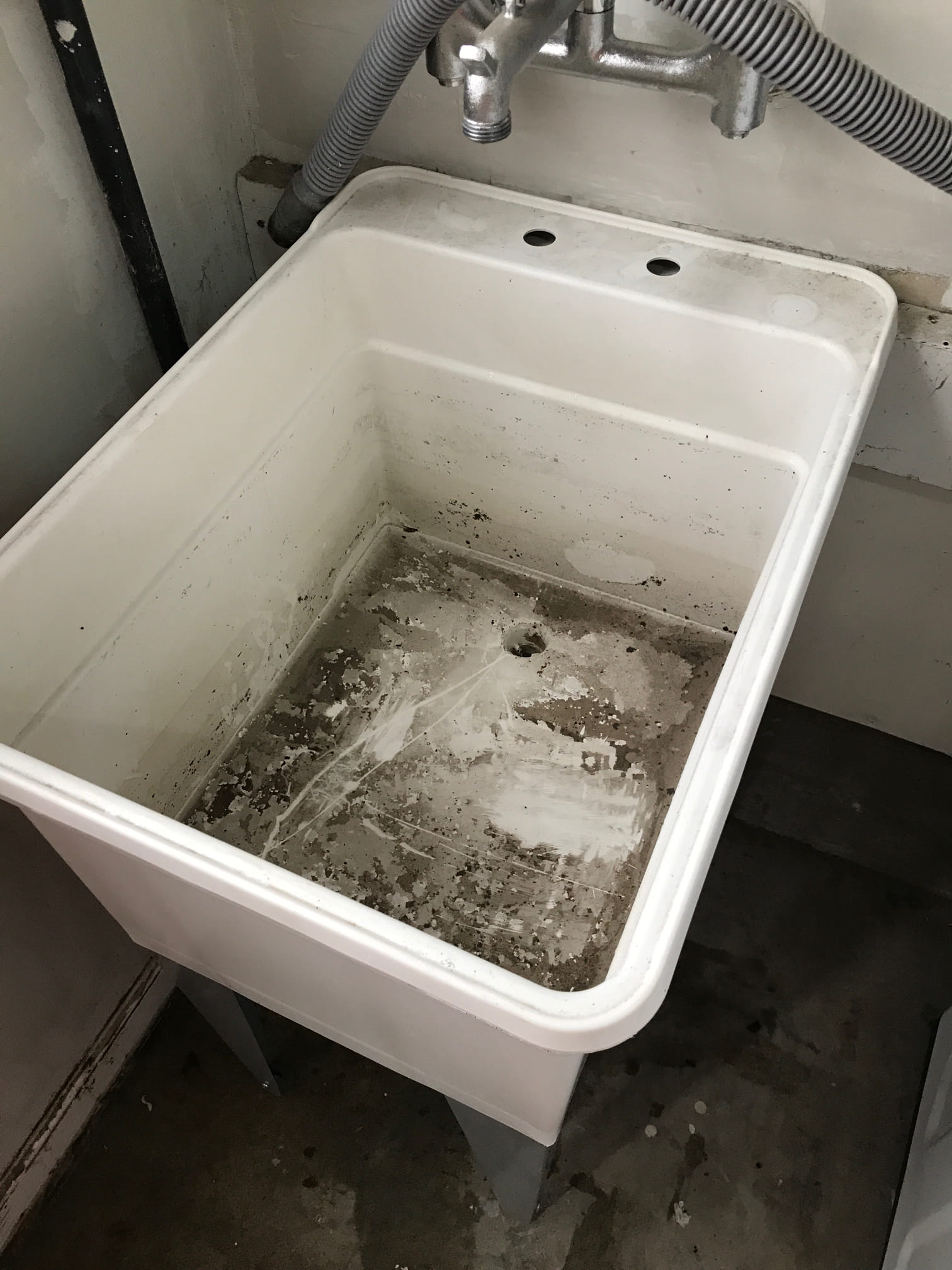Sink Not Draining But Pipes Clear

For homeowners across the nation, a stubbornly slow or completely stopped sink is a common household headache. But what happens when the usual suspects – clogged pipes – are ruled out, leaving residents scratching their heads and plumbing professionals equally baffled?
This perplexing phenomenon, where a sink refuses to drain despite seemingly clear pipes, is on the rise, according to anecdotal reports from plumbers and online forums. While comprehensive national statistics are unavailable, the increasing frequency of these incidents warrants closer examination and understanding of the underlying causes.
The Mystery of the Drain: No Clog in Sight
The problem typically manifests as a sink that holds water, draining very slowly or not at all. Homeowners often begin by attempting standard DIY solutions: plunging, using drain snakes, or even pouring boiling water down the drain.
When these methods fail, they often call in a professional plumber. But even with their specialized tools and expertise, plumbers are sometimes stumped when they discover that the pipes are clear of any visible obstructions.
Air Admittance Valves: A Silent Culprit?
One potential cause gaining traction among plumbing professionals is the malfunction of air admittance valves (AAVs). AAVs, also known as studor vents, are one-way valves designed to allow air into the plumbing system to prevent negative pressure from siphoning water out of the drain traps.
“When an AAV fails, it can create a vacuum in the drain line, effectively preventing water from flowing freely,” explains Robert Johnson, a licensed plumber with 15 years of experience. Johnson noted that AAV failures are often silent and undetectable to the average homeowner.
AAVs are relatively inexpensive and easy to replace, making them a prime suspect when other causes are ruled out. However, diagnosing an AAV issue often requires specialized knowledge and testing.
Partial Blockages and Biofilm Buildup
While the pipes may appear clear to a drain snake or camera inspection, partial blockages can still impede water flow. These can be caused by a buildup of grease, soap scum, and hair along the pipe walls.
Another contributing factor is the formation of biofilm, a slimy layer of microorganisms that can coat the interior of pipes, narrowing the passage and slowing drainage. This is often exacerbated by the use of antibacterial soaps, which can disrupt the natural balance of bacteria in the drain system, leading to the proliferation of resistant strains that contribute to biofilm formation.
“Even a thin layer of buildup can significantly reduce the diameter of the pipe and restrict water flow,” says Dr. Emily Carter, a microbiologist specializing in water systems. Dr. Carter emphasized the importance of regular drain cleaning with enzymatic cleaners that break down organic matter and prevent biofilm buildup.
Pressure Imbalances and Septic System Issues
In some cases, the issue may not be localized to the sink itself but rather stem from problems with the overall plumbing system. Pressure imbalances within the system can hinder drainage, particularly in multi-story homes or buildings with complex plumbing layouts.
For homes with septic systems, a failing or overloaded septic tank can also cause drainage problems throughout the house. A full septic tank can create backpressure in the drain lines, preventing water from flowing freely from the sinks and other fixtures.
"Homeowners with septic systems should have their tanks inspected and pumped regularly to prevent drainage issues," advises the Environmental Protection Agency (EPA) on their website.
The Cost and Inconvenience
A sink that won't drain can be more than just an inconvenience; it can lead to costly repairs if left unaddressed. Standing water in the sink can damage countertops and cabinets, and persistent moisture can create a breeding ground for mold and mildew.
The cost of diagnosing and repairing a slow-draining sink can range from a simple AAV replacement costing under $50 to more extensive pipe cleaning or septic system repairs costing hundreds or even thousands of dollars. This also does not account for the time spent troubleshooting or hiring a plumber.
Preventative Measures and Future Outlook
While a completely foolproof solution doesn't exist, homeowners can take steps to minimize the risk of encountering this frustrating problem. Regularly flushing drains with hot water and using enzymatic drain cleaners can help prevent buildup and biofilm formation.
Avoiding pouring grease down the drain and installing drain strainers to catch hair and debris are also crucial preventative measures. Additionally, homeowners should be aware of the signs of a failing septic system and schedule regular inspections and maintenance.
As plumbing systems become more complex and building codes evolve, understanding the intricacies of drainage and ventilation is becoming increasingly important. By staying informed and proactive, homeowners can minimize the risk of encountering the perplexing problem of a sink that won't drain, even when the pipes appear clear.
![Sink Not Draining But Pipes Clear Bathroom Sink Not Draining But Pipes Clear & Not Clogged [Troubleshooting]](https://www.gofulldiy.com/wp-content/uploads/2023/09/What-About-a-Bathroom-Sink-That-Is-Not-Clogged-But-Wont-Drain.jpg)


![Sink Not Draining But Pipes Clear Bathroom Sink Not Draining But Pipes Clear & Not Clogged [Troubleshooting]](https://www.gofulldiy.com/wp-content/uploads/2023/09/P-Trap-Problems.jpg)
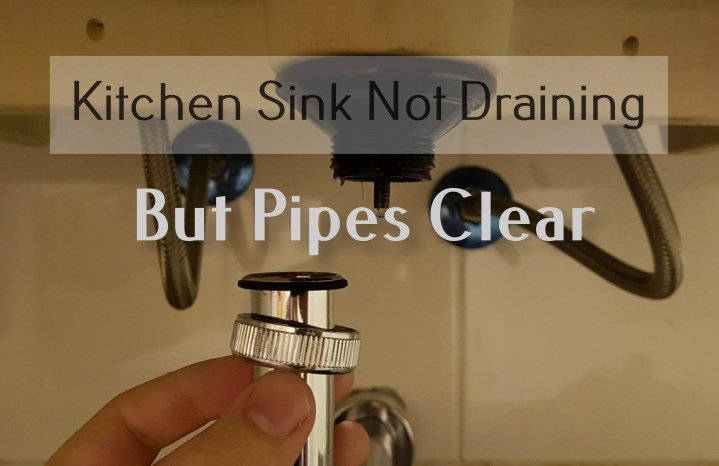

![Sink Not Draining But Pipes Clear Bathroom Sink Not Draining But Pipes Clear & Not Clogged [Troubleshooting]](https://www.gofulldiy.com/wp-content/uploads/2023/09/Things-To-Do-If-Your-Bathroom-Sink-Doesnt-Drain.jpg)
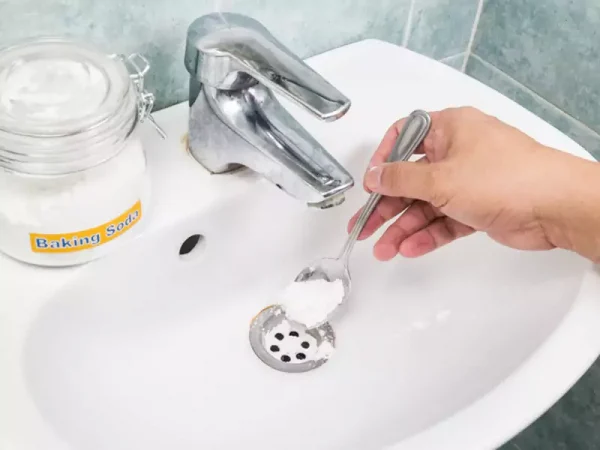


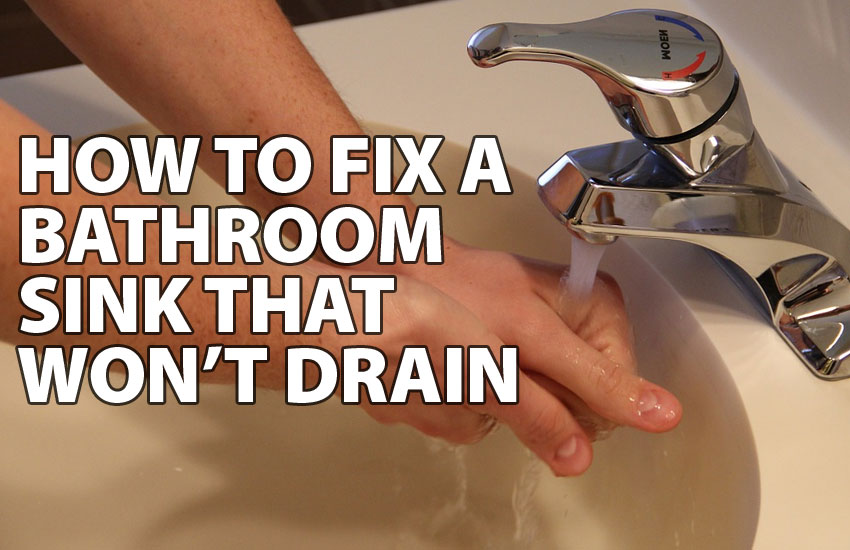
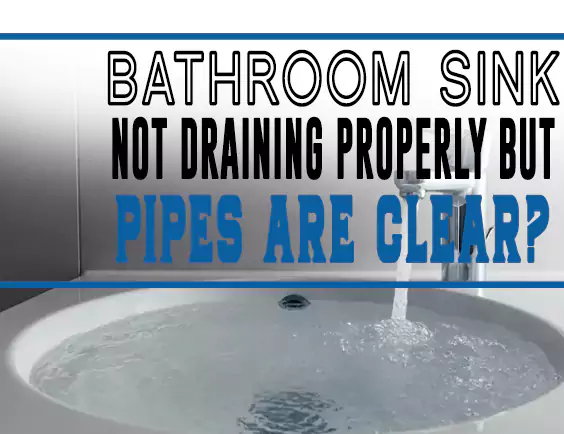

![Sink Not Draining But Pipes Clear Bathroom Sink Not Draining But Pipes Clear & Not Clogged [Troubleshooting]](https://www.gofulldiy.com/wp-content/uploads/2023/09/The-Bathroom-Sink-Stopper.jpg)



